Python for Growth: How Python Can Supercharge Growth Marketing
Alistair Allan
Posted on - 0 Comments
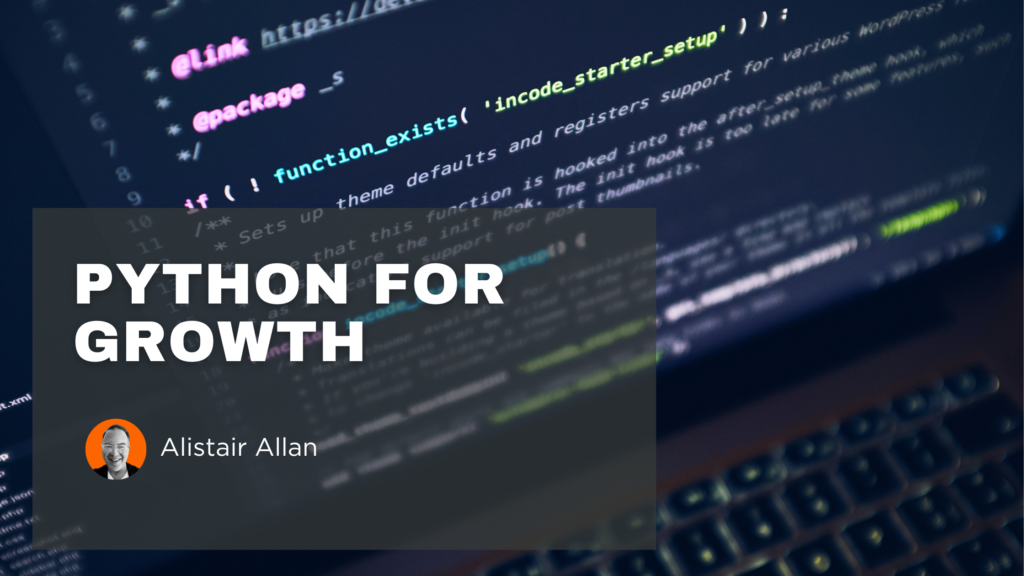
Python is a programming language that can be applied to various growth-related tasks. It can be used in marketing and analytics to automate processes, manipulate data, and make informed decisions. Python offers flexibility and a wide range of functionalities. It can be used for automation, data analysis, prediction, clustering, segmentation, forecasting, and budget optimization, and much more.
If you want to learn how Python can become an unavailable tool for growth marketers, and get pointers on how to get started, this article is for you.
Why Python and not another language?
Python is an extremely flexible language, you can build websites, create automation, run scripts, and a lot more. From a data science perspective, Python is the main language, so if you have a data science team to back you up, it is in a format they can use and already understand.
There is also a massive community around Python. Pretty much everything you want to do, someone probably has already done before, all the problems you are trying to solve, probably somebody has tacked before, and succeded. Another big point for Python is that the work you do with it is scalable, and you can later add automation, connect to multiple systems, or even build into full applications.
Python is also the way forward to manipulate large amounts of data sets, and turn them into valuable information that will inform business decisions.
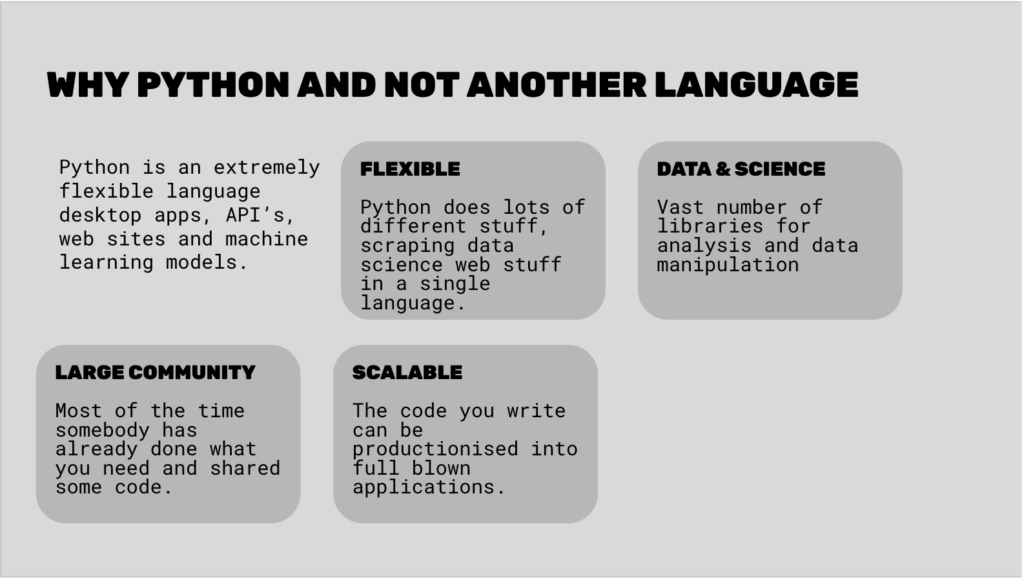
What can growth marketers do with Python?
“Growth is that crossover of data, analytics, and testing. On the marketing side, understanding the behavioral side and things and being able to leverage that for growth is important, especially in experimentation. How do you get to the data, how do you manipulate it, how do you use it, that’s mostly where Python comes in. You can do all of that stuff manually, or you can try and figure out how to automate it, how to make decisions without having a human in the loop. Python is a way to save time, it’s a way to connect the dots between disparate systems, it’s a way to get out of Excel spreadsheets and huge formulas.” Alistair Allan
Overall, Python provides growth marketers with powerful tools and libraries to automate tasks, analyze data, make predictions, and optimize their marketing strategies and budgets.

Automation
Python allows you to use APIs easily, so you can connect to other services that you can’t use otherwise, and automate these services. Examples of Python automation that can be applied to growth marketing can be anything from pulling data from Google Search Trends, pulling ads data, pulling data out of Google Analytics, from social platforms, and even push to APIs to turn on or off certain campaigns or ads depending on their performance, change your bidding strategies and more.
Scraping
Python allows marketers to automate data retrieval and manipulation tasks. They can set up scripts to pull data regularly without manual intervention. This saves time and effort. By scraping relevant data from websites, marketers can gather insights and perform analysis. They can extract information from public data sets, competitor websites, or environmental data to understand market trends and make data-driven decisions.
Prediction and Forecasting
Python offers libraries for building predictive models. Marketers can train models with historical data and use them to make predictions. Python offers libraries like Prophet, which allow marketers to forecast future performance based on historical data. They can use time series analysis and predictive modeling techniques to predict ad performance, customer behavior, and market trends.
Clustering and Segmentation
With Python, marketers can segment their audience based on various attributes like demographics, behavior, or geographic location. By analyzing customer data using clustering algorithms, they can identify distinct customer segments and tailor their ad campaigns to target each segment effectively. This targeted approach optimizes ad spend by reaching the most relevant audience.
Linear Optimization
Linear optimization is a mathematical technique used to allocate resources efficiently and optimize decision-making processes. In growth marketing, Python can be used to implement linear optimization algorithms to determine the optimal allocation of resources, based on an objective and a number of constraints.
Spend Optimization
Python can be used for spend optimization, where growth marketers allocate their budget based on performance data. They can use linear optimization techniques to determine the optimal allocation of resources across channels, campaigns, or ad groups.
Data Analysis and Visualization
Python, along with libraries like pandas, provides powerful tools for data analysis. Marketers can manipulate and analyze large datasets (which a simple sheet won’t support), perform statistical calculations, and gain insights into customer behavior, campaign performance, and market trends. Python offers libraries such as Matplotlib and Seaborn that enable marketers to create visualizations and charts. These visual representations help in presenting data in a clear and understandable manner, making it easier to communicate insights and trends to stakeholders.
Example: Share of Search
I evaluated a popular theory that Share of Search is a good representation of market share using public data.
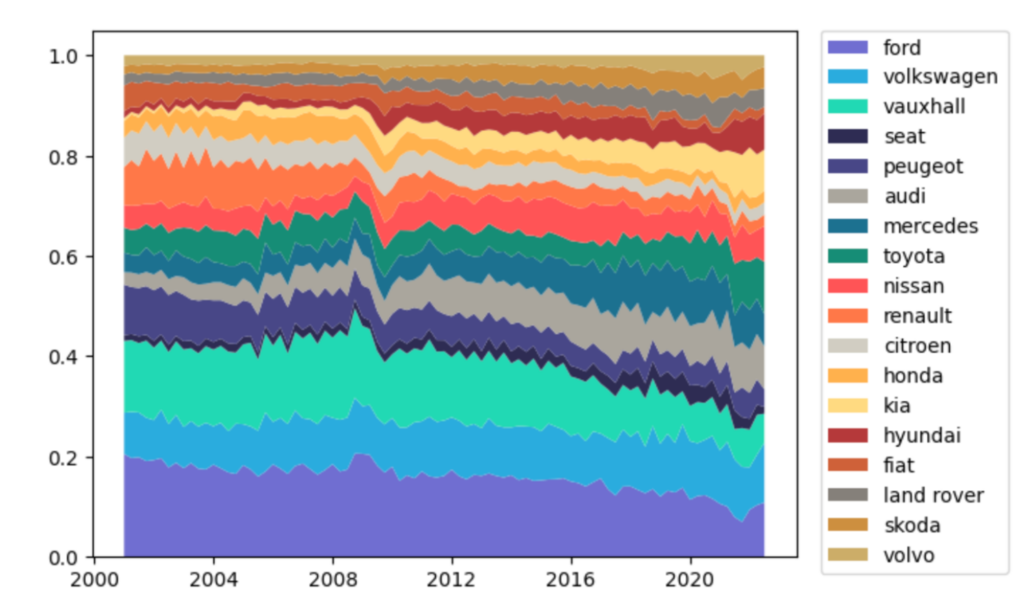
You can find my article as well as the full Python code on the following links:
How to Get Started with Python?
There are a lot of courses out there, but these can be overwhelming or often steer you towards web development or go deep into areas where you might not have specific use cases for. Here are 3 recommendations on where to start learning:
1. Python Fundamentals by DataCamp: Great interactive tutorial for getting the basics.
2. Learn Python by Scrimba: Great video course covering the basics.
3. Marketing Analytics with Python by DataCamp: A great course for getting some tangible applications of Python for marketers.
The easiest way to get started without needing to install anything is Google Colab. It’s as easy as starting a Google Doc.
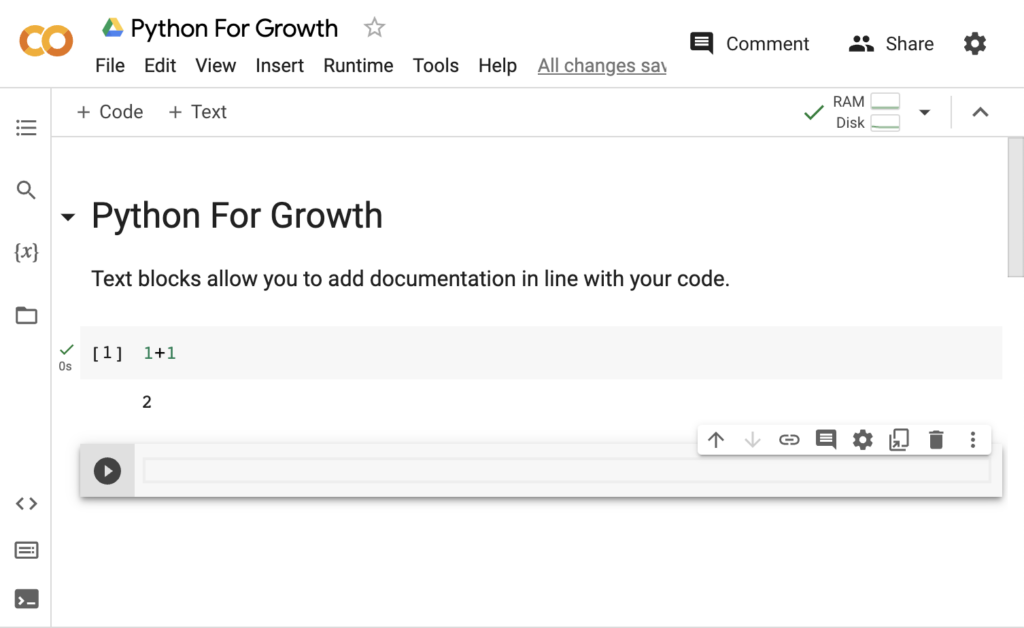
You combine Text blocks and Code blocks in a sequence. The Text blocks allow you to add documentation while the Code blocks executable.
If you’re first starting with Python you could benefit from a level of code generation. Visual Python is a Google Colab Add-On that can help you quickly insert common code blocks.

Google Colab will soon introduce AI coding features using Google’s most advanced family of code models, Cogdey.

Mito is similar to a BI tool like Tableau or Looker but as you make transformations it can write the code for you too.
Mito is not Compatible with Google Colab.
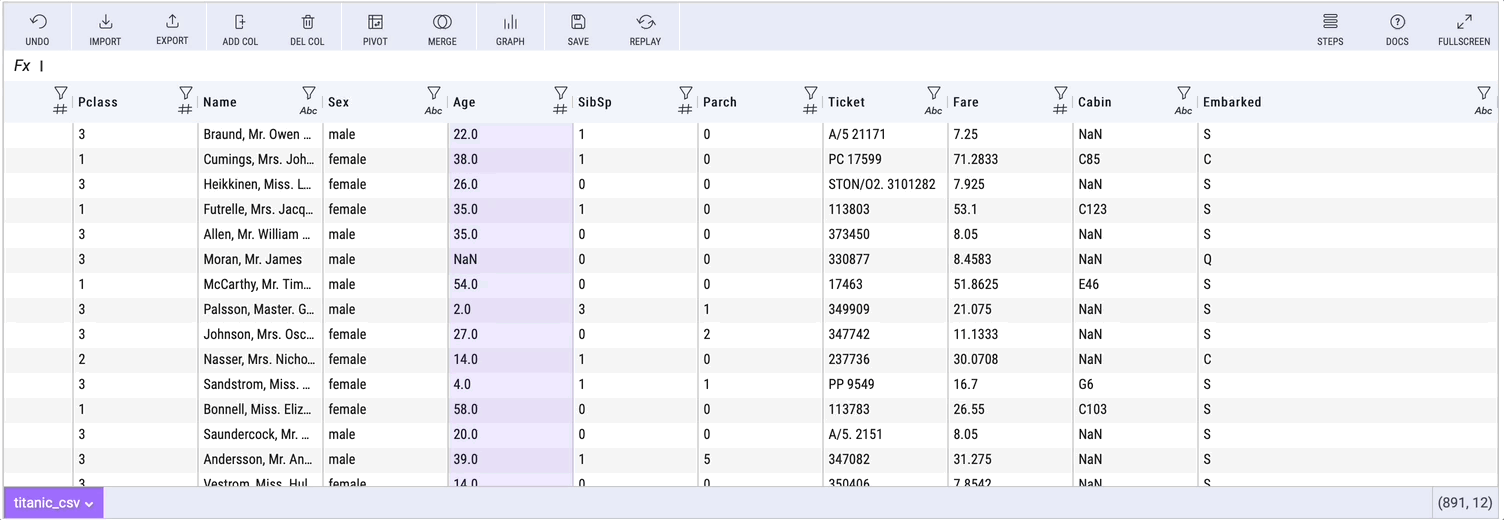
Libraries Make Python Powerful
The key differentiator in Python is the vast number of libraries that are available that add complex functionality with only a few lines of code.
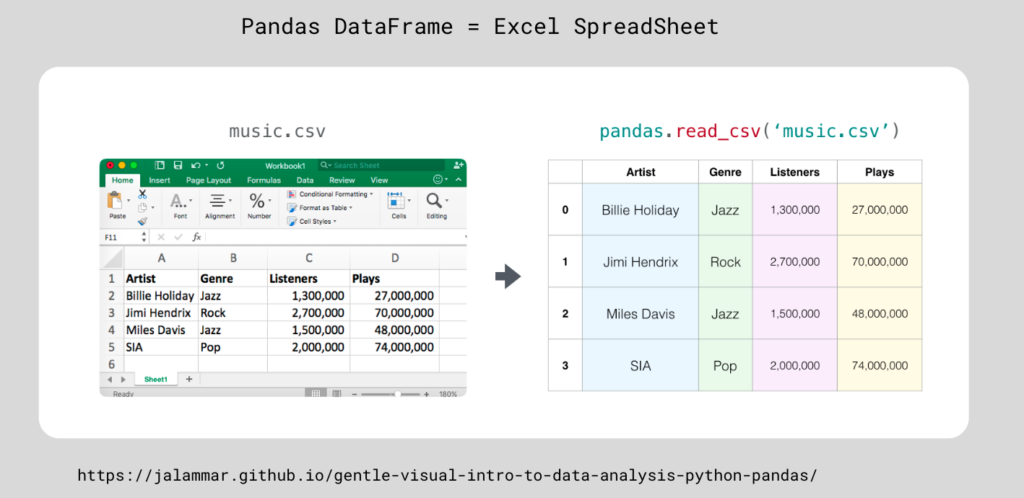
- Pandas: This is Python’s Excel-like library for manipulating datasets.
- Matplotlib & Seaborn: Libraries for making charts and data visualization.
- Numpy: Matrix operations for dealing with multi-dimensional data
- Scikit Learn: The most useful and robust library for machine learning in Python
- Advevertools: An open-source Python library for online marketing, SEO, SEM, crawling, text analysis, and more
- Pytrends: an unofficial Google Trends API that provides different methods to download reports.
- Prophet: Facebook’s open-source forecasting library.
Now It’s Your Turn
I hope this quick guide is an eye-opener for growth marketers on a better way to use their data and optimize their efforts. If you are not familiar with coding, getting started can feel intimidating, and hopefully, this article can help you start in the right direction.

Alistair Allan
Alistair has a background in digital marketing, analytics, and growth. He has held positions such as Head of Growth at Square, Head of Digital Marketing and Analytics at Reiss, Head of Digital at Burberry, and Head of Digital at Topshop. Alistair has expertise in using Python for growth marketing and data analysis.

